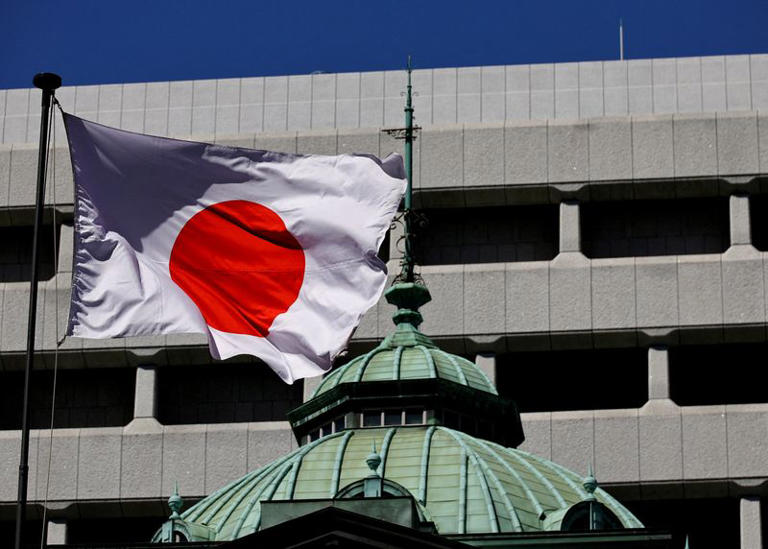The Bank of Japan (BOJ) has recently witnessed a significant shift in sentiment among its board members, with many adopting a notably hawkish stance during the April policy meeting. The summary of opinions from the meeting revealed a growing consensus among members regarding the imperative need to gradually raise interest rates in order to mitigate the risks associated with a potential inflation overshoot.
Several board members expressed deep-seated concerns about the possibility of inflation persistently exceeding the BOJ’s 2% target. They particularly highlighted the scenario wherein underlying inflationary pressures continue to deviate upward from the baseline scenario, especially against the backdrop of a weakening yen. Some members went as far as suggesting that this could potentially accelerate the pace of monetary policy normalization.
These discussions resonate with recent remarks made by BOJ Governor Kazuo Ueda, who hinted at the likelihood of multiple rate hikes in the near future. The growing anticipation of an increase in short-term borrowing costs in the coming months reflects the central bank’s unwavering commitment to proactively address mounting inflationary pressures.
However, despite the BOJ’s conspicuously hawkish signals, the yen has not exhibited significant strengthening. Market attention remains steadfastly focused on the diminishing expectations of near-term interest rate cuts in the United States. The prevailing U.S.-Japan interest rate gap continues to exert a substantial influence on currency dynamics, thereby keeping the dollar notably elevated against the yen.
During the April meeting, the BOJ opted to maintain its near-zero interest rate policy. Additionally, it provided updated quarterly inflation projections, signaling its steadfast preparedness to raise borrowing costs later in the year. A plethora of opinions expressed in the summary underscored the paramount importance of a steady and cautious increase in interest rates, coupled with meticulous considerations for reducing the size of the BOJ’s bond purchases in the foreseeable future.
Some members passionately advocated for a moderate and deliberate approach to rate hikes. This approach is believed to be pivotal in order to avoid abrupt adjustments once the inflation target is sustainably met. Furthermore, there were fervent calls for timely and judicious rate increases, reflecting a burgeoning confidence in the eventual attainment of the BOJ’s growth and price projections.
Looking ahead, market sentiments regarding a prospective BOJ rate hike later this year remain somewhat divided. Uncertainties persist concerning the pace of subsequent rate adjustments. Moreover, there are cogent arguments suggesting that the BOJ should effectively signal its intention to gradually reduce its bond-buying activities and progressively shrink its balance sheet over time. This could potentially include the eventual elimination of its holdings of exchange-traded funds (ETFs).
However, any potential reduction in the BOJ’s bond purchases could conceivably provide a modicum of support for the yen. Nevertheless, concerns linger regarding the manifestation of weak economic indicators in Japan’s economy, such as the conspicuous decline in real wages. These concerns might inevitably delay the implementation of any concrete rate hike plans.
In summation, the BOJ’s evolving policy stance is emblematic of a cautious optimism regarding prevailing inflationary trends. There’s an evident inclination towards proactive measures aimed at preemptively addressing potential risks while adeptly navigating the intricacies of the prevailing economic landscape.
